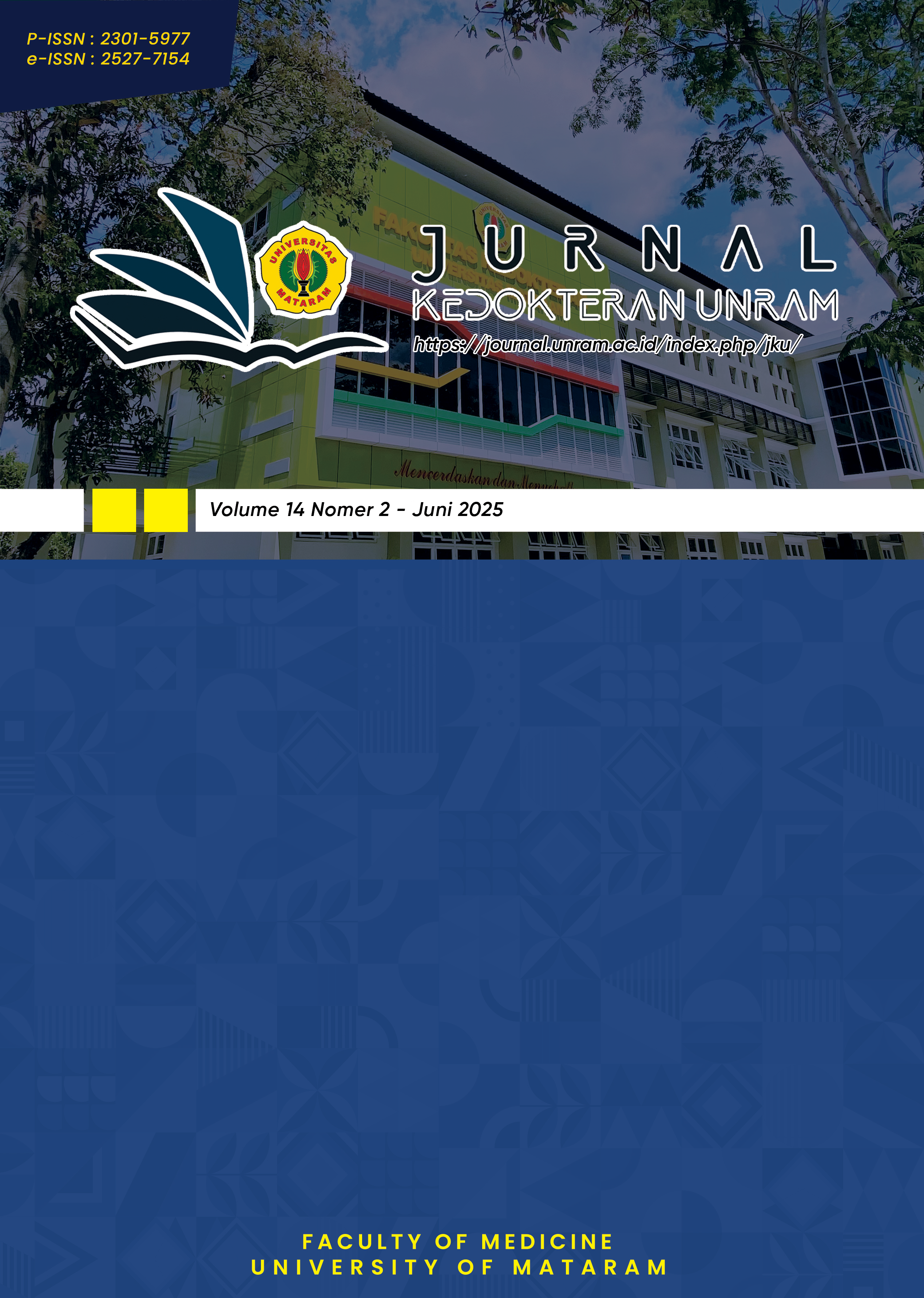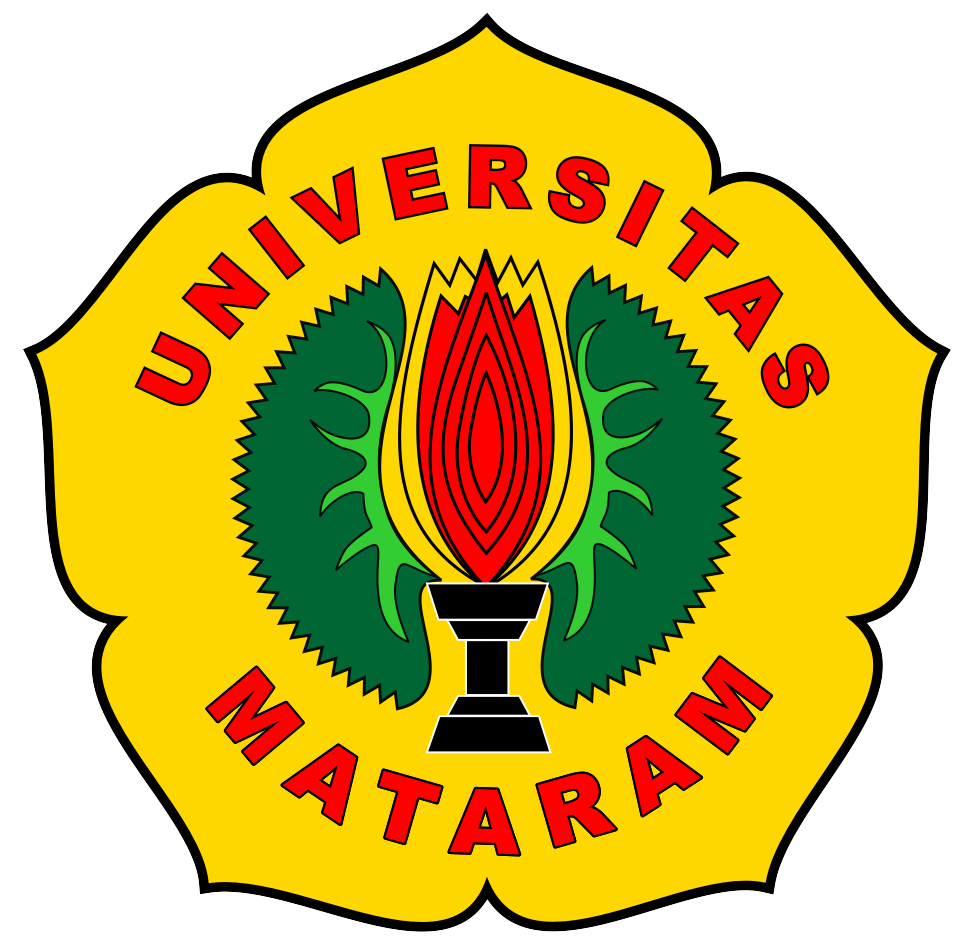Correlation Between Blood Glucose and Hemodialysis Adequacy in Routine Hemodialysis Patients at West Nusa Tenggara General Hospital
DOI:
https://doi.org/10.29303/jk.v14i2.6368Keywords:
Blood Glucose, CKD, Hemodialysis, Hemodialysis AdequacyAbstract
Progressive kidney function decline to a GFR < 15 mL/min/1.73 m² is defined as
stage 5 chronic kidney disease (end stage) or end-stage renal failure. In this condition,
patients require renal replacement therapy, such as hemodialysis. Effective dialysis
indicates a longer life expectancy and lower mortality rates. The effectiveness of the
hemodialysis process or hemodialysis adequacy is measured by the Kt/V value, which
reflects the urea clearance during each hemodialysis session. Blood sugar levels before
hemodialysis are one of the predictors of hemodialysis adequacy. This study used an
analytic observational method on 34 samples that met the inclusion and exclusion criteria to
find correlation between blood glucose and hemodialysis adequacy in routine hemodialysis
patients at West Nusa Tenggara General Hospital. Data collection was carried out at the HD
Unit 2 of the Provincial General Hospital of West Nusa Tenggara. In this study, the average
age of the respondents was 50 years, consisting of 64.7% male and 35.3% female. The results
of the correlation analysis using the Pearson test showed no significant relationship between
blood glucose levels and hemodialysis adequacy, with p=0,478 and r=-0,126. However, the
Fisher exact test revealed a statistically significant relationship between gender and
hemodialysis adequacy, with p<0,001. In conclusion, blood glucose levels were not
associated with hemodialysis adequacy, while gender showed a statistically significant
association with hemodialysis adequacy.
Downloads
Published
Issue
Section
License
Copyright (c) 2025 Carolina Janicca Winda Manafe, I Gede Yasa Asmara, I Gede Supartha

This work is licensed under a Creative Commons Attribution 4.0 International License.
Authors who publish with Unram Medical Journal, agree to the following terms:
- Authors retain copyright and grant the journal right of first publication with the work simultaneously licensed under a Creative Commons Attribution 4.0 International License (CC-BY License). This license allows authors to use all articles, data sets, graphics, and appendices in data mining applications, search engines, websites, blogs, and other platforms by providing an appropriate reference. The journal allows the author(s) to hold the copyright without restrictions and will retain publishing rights without restrictions.
- Authors are able to enter into separate, additional contractual arrangements for the non-exclusive distribution of the journal's published version of the work (e.g., post it to an institutional repository or publish it in a book), with an acknowledgment of its initial publication in University of Mataram's Journal of Medicine.
- Authors are permitted and encouraged to post their work online (e.g., in institutional repositories or on their website) prior to and during the submission process, as it can lead to productive exchanges, as well as earlier and greater citation of published work (See The Effect of Open Access).
- This journal is open access journal which means that all content is freely available without charge to users or / institution. Users are allowed to read, download, copy, distribute, print, search, or link to full text articles in this journal without asking prior permission from the publisher or author.







